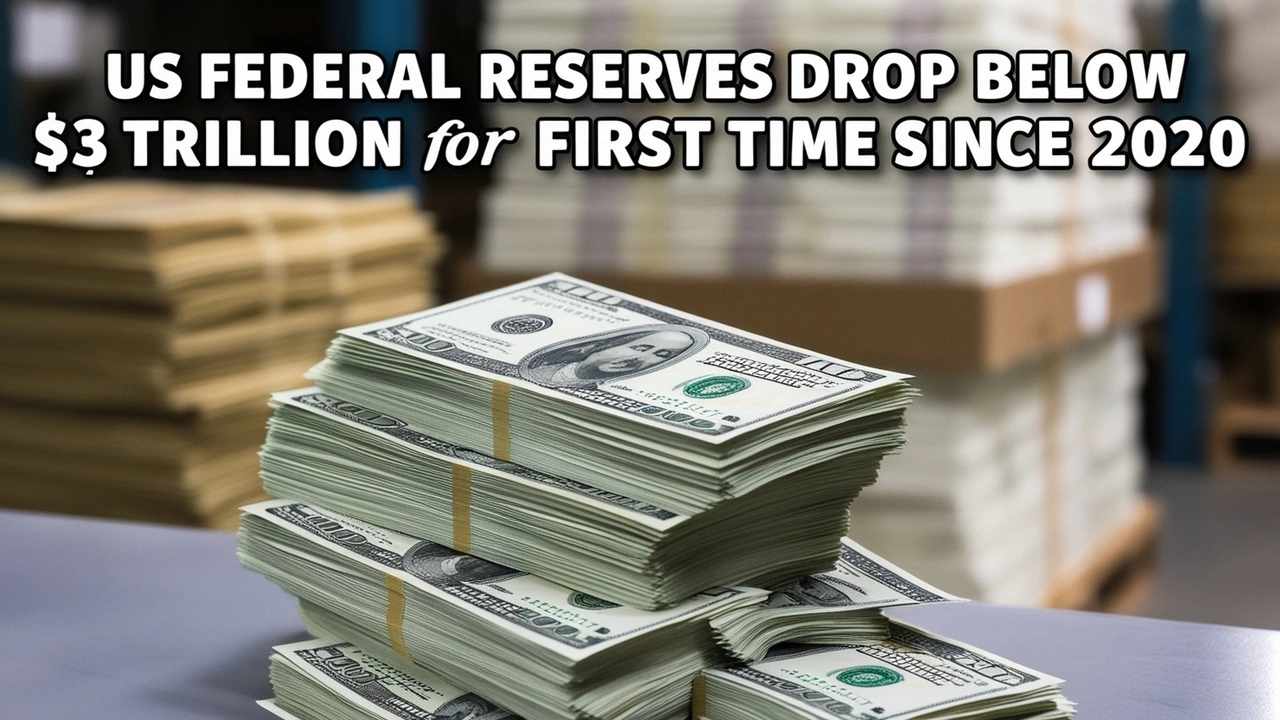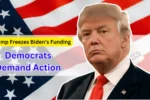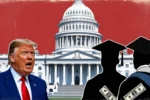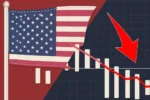US Federal Reserve Reserves Drop Below $3 Trillion for First Time Since 2020: The U.S. banking system’s reserves have experienced a significant decline, dropping below $3 trillion to their lowest level since October 2020. As of January 1, bank reserves fell by $326 billion, reaching $2.89 trillion, marking the largest weekly drop in over two and a half years, according to data released by the Federal Reserve on January 3.
This dramatic decrease can be attributed to year-end financial dynamics that push American banks to reduce balance-sheet-heavy activities, such as repurchase agreement transactions, to ensure they meet regulatory requirements. As a result, cash is redirected to the central bank’s overnight reverse repo facility (RRP), which drains liquidity from other liabilities on the Federal Reserve’s books.
Banks are thus forced to pull liquidity from the Fed’s ledger to comply with these requirements, while the Fed continues to implement quantitative tightening (QT) and adjusts the RRP tool’s issuance rate. These factors have caused a significant shrinkage in reserves, leading to debates around the minimum comfortable reserve level.
Market participants are closely watching the minimum reserve threshold that the Federal Reserve can comfortably operate within without triggering a reserve shortage. Some experts estimate that this comfortable level sits between $3 trillion and $3.25 trillion, including a buffer. This conversation is particularly relevant as Wall Street strategists worry about whether the Fed can maintain QT without revisiting issues that arose in September 2019, when reserves fell to below $1.4 trillion, contributing to a repo market crisis.
Moreover, the reinstatement of the debt ceiling last June adds further uncertainty. The Treasury’s measures to stay under the cap often result in increased liquidity, potentially masking reserve scarcity and making it harder for policymakers to assess the ideal reserve level.
Surveys conducted by the New York Fed’s Open Market Desk indicate that most market participants expect the Fed’s QT program to end by the first or second quarter of 2025, though the timing remains uncertain. This uncertainty reflects the challenges policymakers face in balancing liquidity, regulatory requirements, and the long-term goals of monetary policy.



